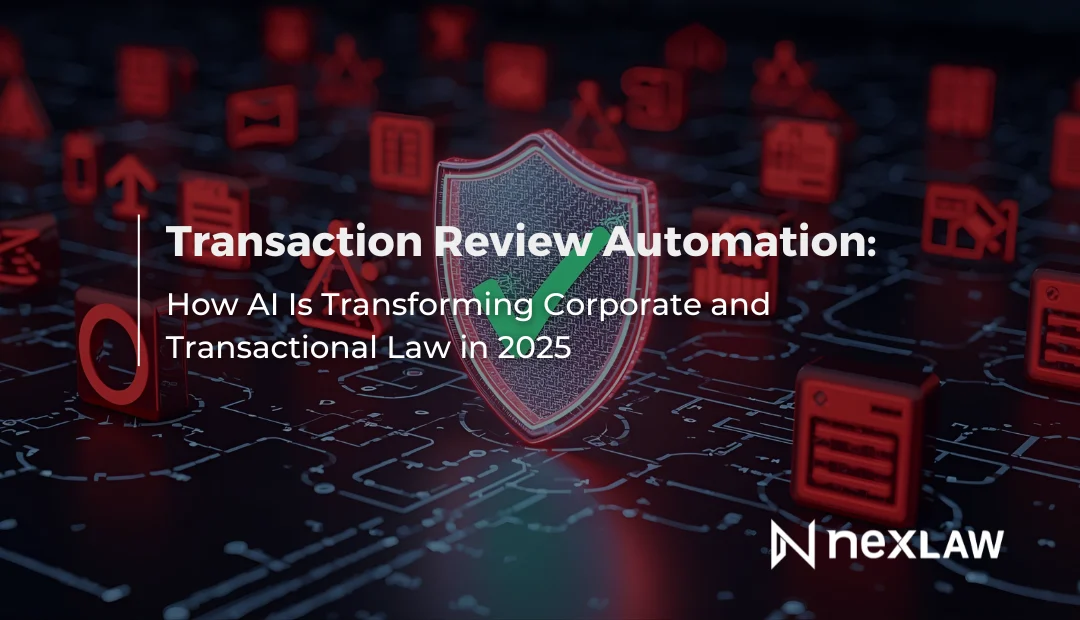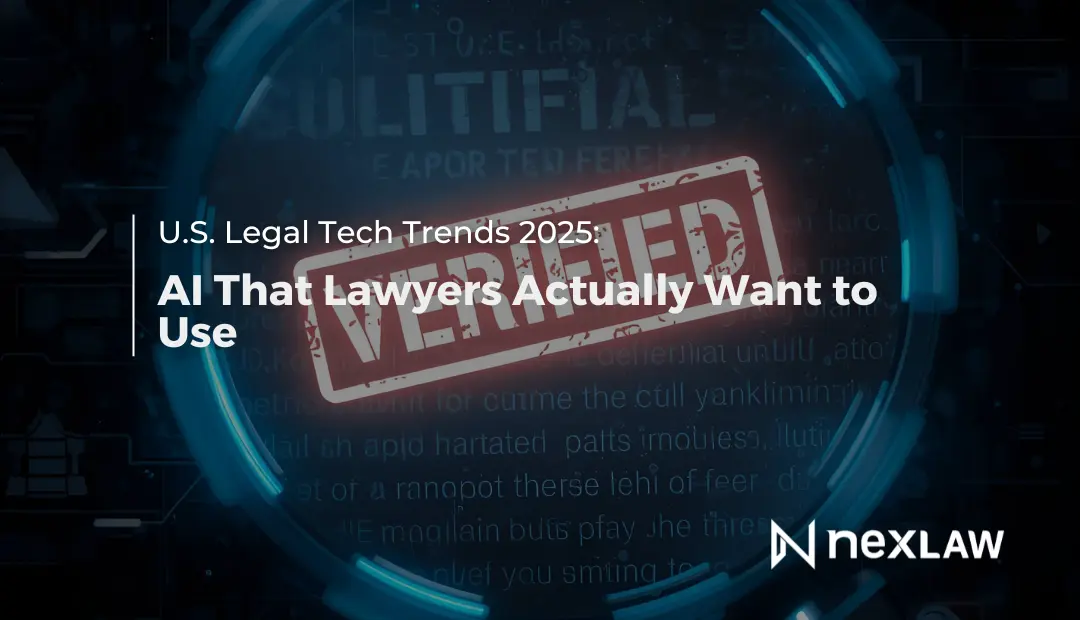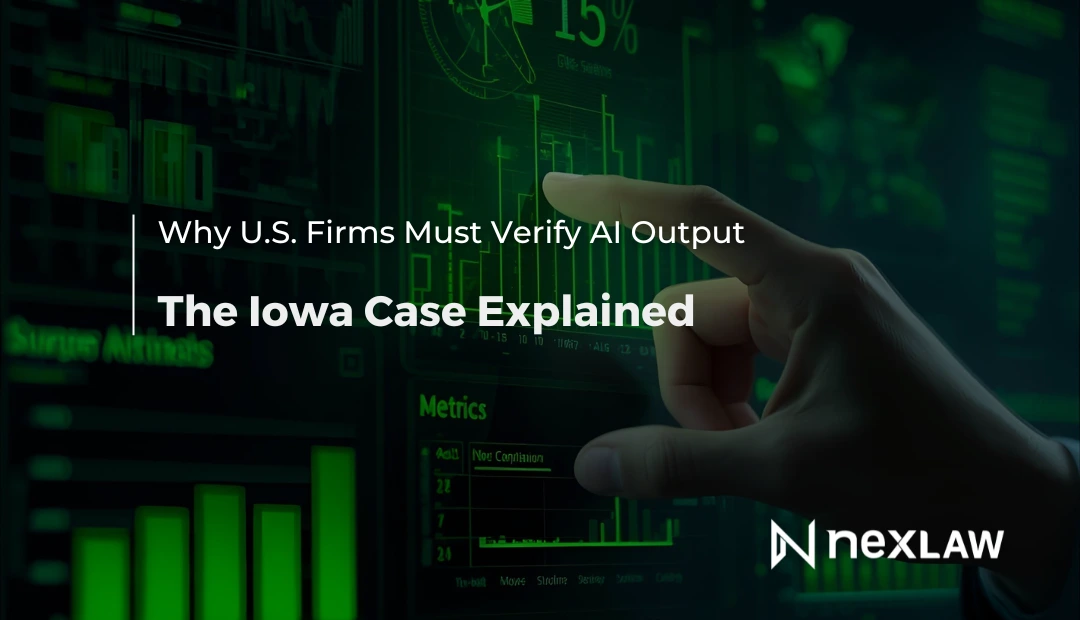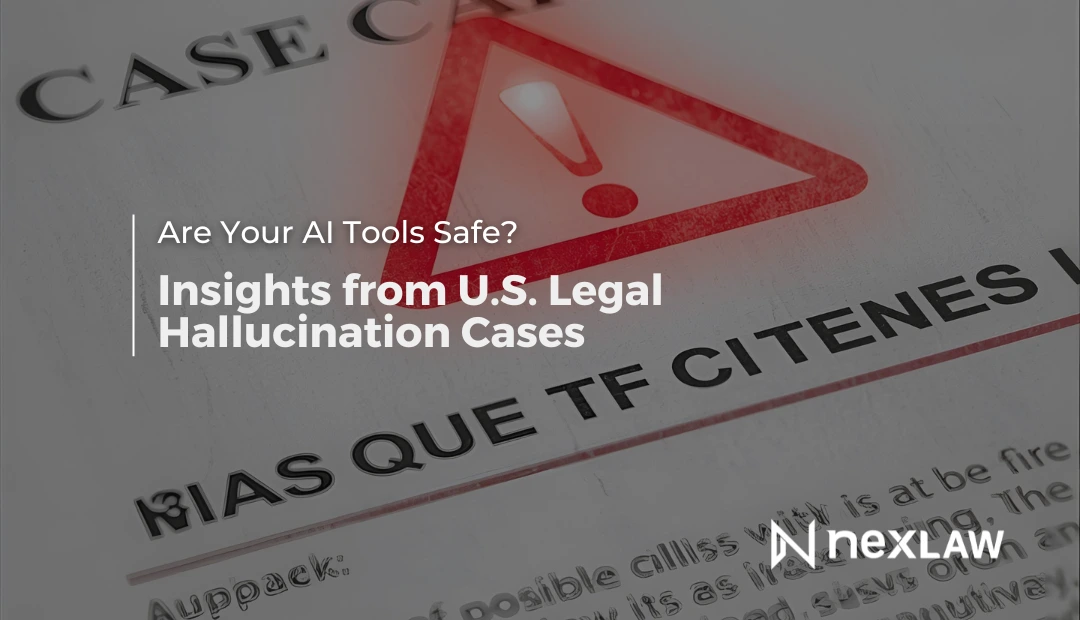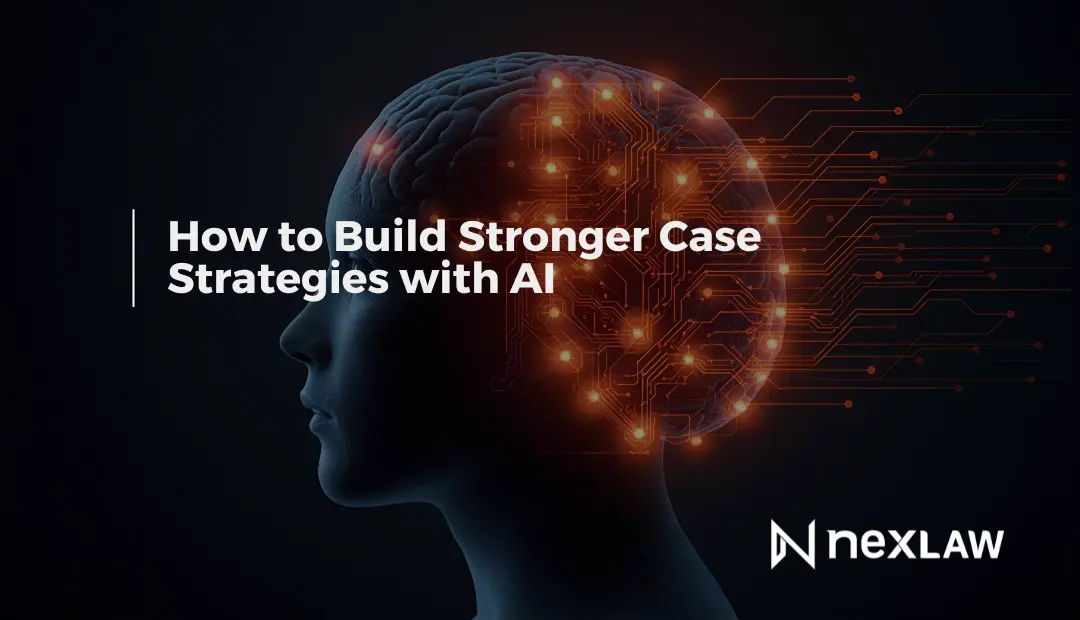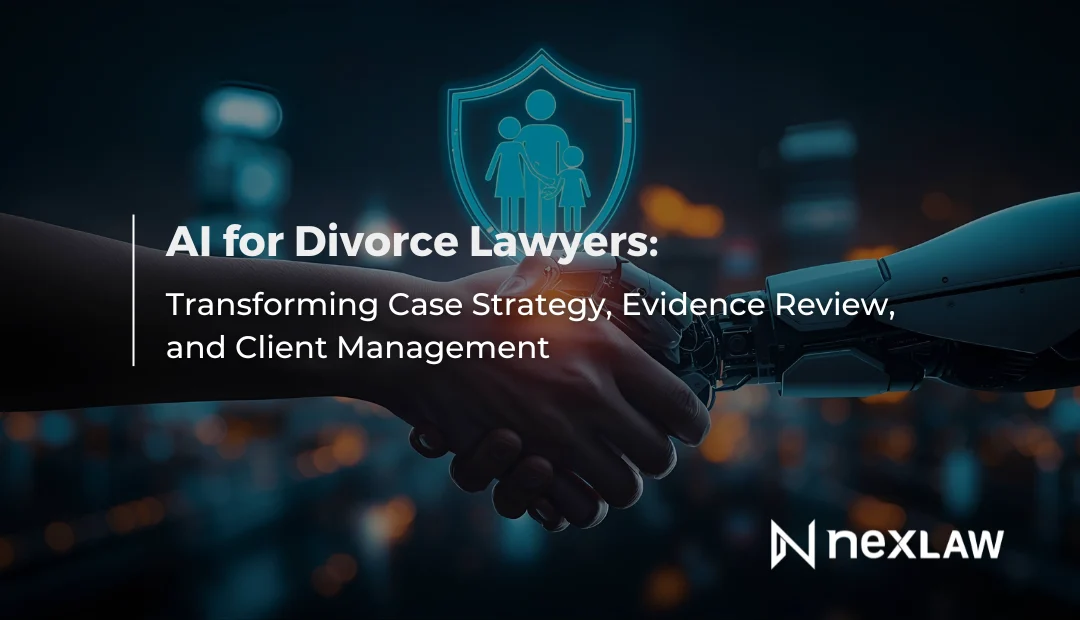Transaction Review Automation: How AI Is Transforming Corporate and Transactional Law in 2025
Corporate and transactional lawyers face an unrelenting challenge: reviewing massive volumes of contracts, agreements, and transaction documents under tight deadlines while maintaining meticulous attention to detail. A single missed clause in a merger agreement or overlooked compliance issue can lead to millions in losses or regulatory penalties.
Unlock Legal Insights Instantly!
Transaction review automation powered by artificial intelligence is fundamentally changing how corporate counsel, M&A attorneys, and transactional lawyers handle this critical work. By automating routine contract analysis, flagging risk provisions, and accelerating due diligence, AI enables legal teams to review transactions faster, more accurately, and with greater consistency than ever before.
In this comprehensive guide, we’ll explore how transaction review automation works, its applications across different types of transactional work, and how leading corporate legal teams are leveraging AI to transform their practices.
The Crisis Facing Transactional Lawyers: Volume, Speed, and Risk
Corporate and transactional law has reached an inflection point. The challenges facing these practice areas are intensifying:
Explosive Document Volume: Modern transactions involve hundreds or thousands of contracts, agreements, and supporting documents. M&A deals routinely require reviewing entire contract portfolios spanning decades of business relationships.
Compressed Timelines: Deal timelines continue to shrink. What once took months now must be completed in weeks. Clients expect rapid turnaround on contract reviews, due diligence reports, and transaction opinions.
Increasingly Complex Terms: Contracts are more sophisticated than ever, with intricate cross-references, conditional clauses, and multi-jurisdictional provisions that make manual review error-prone and time-consuming.
Heightened Regulatory Scrutiny: Compliance requirements across data privacy (GDPR, CCPA), anti-corruption (FCPA), antitrust, and industry-specific regulations mean transactional lawyers must identify and assess regulatory risks embedded throughout transaction documents.
Cost Pressures: In-house legal departments and law firms face constant pressure to reduce legal spend. Partners struggle to staff large-scale reviews profitably while maintaining quality and meeting client expectations.
Talent Shortages: Finding and retaining qualified associates willing to perform high-volume contract review is increasingly difficult, creating capacity constraints that limit growth.
These converging pressures make transaction review automation not just helpful, but essential for competitive transactional practices.
What Is Transaction Review Automation?
Transaction review automation uses artificial intelligence, machine learning, and natural language processing to analyze legal documents at scale, identifying key provisions, risks, and compliance issues automatically.
Modern transaction review automation goes far beyond simple keyword searches or basic document comparison. AI-powered systems can:
- Understand Contract Language Contextually – AI reads and comprehends legal language, understanding not just individual clauses but how they relate to each other and the overall transaction structure.
- Identify and Extract Key Provisions – Automatically locate and extract critical terms like indemnification provisions, limitation of liability clauses, change of control provisions, termination rights, and hundreds of other clause types.
- Flag Risk and Non-Standard Terms – Compare contracts against your firm’s or client’s preferred positions and playbooks, automatically highlighting deviations, unfavorable terms, and hidden risks.
- Assess Compliance Requirements – Identify provisions that implicate regulatory requirements across data privacy, anti-corruption, sanctions, antitrust, and industry-specific regulations.
- Generate Summaries and Reports – Create executive summaries, due diligence reports, and issue spotting memos automatically, dramatically reducing the time junior associates spend on initial document review.
- Track Changes Across Versions – Monitor how key terms evolve through multiple draft iterations during negotiations.
How Transaction Review Automation Works
Understanding the technology powering transaction review automation helps explain its capabilities and limitations:
Natural Language Processing (NLP)
NLP enables AI systems to read and understand legal text the way lawyers do. Advanced NLP models trained on millions of legal documents can:
- Recognize legal terminology and concepts
- Understand sentence structure and clause relationships
- Distinguish between standard and non-standard language
- Identify ambiguous or problematic phrasing
Machine Learning & Pattern Recognition
Machine learning algorithms analyze thousands of contracts to learn patterns and relationships:
- What indemnification provisions typically look like across different industries
- How change of control clauses vary by transaction type
- Which provisions frequently appear together
- What language indicates favorable versus unfavorable terms
Contract Intelligence & Metadata Extraction
AI automatically extracts structured data from unstructured contracts:
- Party names, effective dates, termination dates
- Financial terms (pricing, payment terms, penalties)
- Key obligations and deliverables
- Renewal and termination provisions
- Jurisdiction and governing law
Risk Scoring & Classification
Advanced systems assign risk scores to identified provisions based on:
- Deviation from preferred positions
- Historical litigation or dispute patterns
- Regulatory compliance requirements
- Industry-specific risk factors
Core Applications
1. Mergers & Acquisitions Due Diligence
M&A transactions involve reviewing hundreds or thousands of contracts as part of buy-side or sell-side due diligence. Transaction review automation transforms this process:
Contract Portfolio Analysis: Upload an entire portfolio of customer contracts, supplier agreements, employment contracts, real estate leases, and IP licenses. AI automatically categorizes documents, extracts key terms, and identifies issues requiring attention.
Change of Control Review: Automatically identify which contracts contain change of control provisions that could be triggered by the transaction, requiring consent or potentially terminating upon closing.
Assignment and Consent Requirements: Flag contracts requiring third-party consents, approvals, or assignments that could delay closing or create post-closing integration challenges.
Financial Obligation Mapping: Extract and aggregate financial commitments, payment obligations, and contingent liabilities across the entire contract portfolio.
Risk Concentration Analysis: Identify concentration risks like key customer contracts representing significant revenue, major supplier dependencies, or critical licenses.
Due Diligence Reporting: Generate comprehensive due diligence reports summarizing findings by category, risk level, and recommended actions, complete with citations to source documents.
2. Contract Lifecycle Management and Review
Corporate legal departments and transactional lawyers review and negotiate hundreds or thousands of contracts annually. Transaction review automation accelerates every stage:
Initial Contract Triage: AI rapidly assesses inbound contracts, categorizing them by type (NDAs, vendor agreements, licensing deals, etc.) and priority based on risk level and business importance.
Playbook Comparison: Automatically compare contracts against your firm’s or company’s negotiating playbooks, highlighting every deviation from preferred positions with explanations.
Redline Analysis: Upload redlined versions and receive AI-generated summaries of what changed, why it matters, and whether changes are favorable, neutral, or unfavorable.
Clause Library and Precedent Management: Build searchable repositories of approved language for different clause types, enabling quick identification of suitable alternatives during negotiations.
Approval Workflow Automation: Route contracts for appropriate approvals based on AI-identified risk factors, financial thresholds, or deviation levels.
3. Regulatory Compliance and Risk Management
Transaction review automation provides powerful compliance monitoring capabilities:
GDPR and Data Privacy Compliance: Automatically identify data processing provisions, cross-border data transfer terms, and data subject rights obligations across your contract portfolio. Flag agreements needing updates for new privacy regulations.
Anti-Corruption and FCPA Compliance: Detect provisions related to government officials, foreign agents, gifts and entertainment, and third-party intermediaries that require enhanced due diligence.
Sanctions and Export Control: Flag parties, territories, and terms that implicate sanctions regimes or export control requirements.
Regulatory Change Impact Assessment: When regulations change, quickly identify which contracts are affected and require amendment or renegotiation.
Third-Party Risk Management: Extract and organize information about third-party vendors, their obligations, and associated risks for enterprise risk management programs.
4. Real Estate Transactions
Real estate deals involve complex lease portfolios, purchase agreements, and property documents:
Lease Abstraction: Automatically extract critical lease terms—base rent, escalation provisions, renewal options, maintenance obligations, permitted uses, and assignment restrictions.
Due Diligence for Portfolio Acquisitions: Review dozens or hundreds of leases in commercial real estate transactions, identifying issues like below-market rents, unfavorable tenant obligations, or environmental liabilities.
Lease Administration: Monitor key dates (rent escalations, renewal deadlines, termination options) and obligations across property portfolios.
5. Technology Transactions and IP Licensing
Complex technology and IP deals benefit from AI-powered analysis:
License Agreement Analysis: Extract and compare licensing rights, restrictions, sublicensing provisions, royalty terms, and IP ownership provisions across multiple agreements.
Software-as-a-Service (SaaS) Agreement Review: Standardize review of SaaS agreements, focusing on data security provisions, service level commitments, liability limitations, and termination rights.
IP Due Diligence: Verify ownership, identify encumbrances, and confirm freedom to operate by analyzing patent licenses, trademark agreements, and technology transfer arrangements.
6. Employment and Benefits Matters
Transaction review automation supports employment law and benefits work:
Employment Contract Analysis: Review executive employment agreements, offer letters, and consulting agreements to identify compensation terms, restrictive covenants, severance obligations, and change of control provisions.
Benefits Plan Document Review: Extract key terms from employee benefit plans, stock option agreements, and equity compensation documents.
ERISA Compliance: Identify retirement plan provisions requiring compliance monitoring or updates.
Real-World Impact: Transaction Review Automation Success Stories
Corporate legal teams and transactional law firms implementing transaction review automation are achieving remarkable results:
60% Faster Contract Review: AI-powered review reduces the time required for initial contract analysis from hours to minutes, allowing legal teams to review dramatically higher volumes without increasing headcount.
85% Reduction in Due Diligence Time: M&A due diligence that once required weeks of associate time can now be completed in days, with more comprehensive coverage and better issue spotting.
Consistent Quality Across All Reviews: AI applies the same rigor to the 500th contract it reviews as it does to the first, eliminating the fatigue and inconsistency that affects human reviewers.
Proactive Compliance Monitoring: Rather than reactive reviews triggered by specific transactions or audits, AI enables continuous monitoring of contract portfolios for compliance issues and risks.
Cost Savings of 40-70%: By dramatically reducing hours spent on routine review work, firms and legal departments achieve significant cost savings while redeploying legal talent to higher-value advisory work.
Expanded Service Capabilities: Firms can take on larger, more complex transactions they previously couldn’t handle due to capacity constraints.
Essential Features to Look for in Transaction Review Automation Platforms
When evaluating transaction review automation solutions, prioritize these capabilities:
Legal-Specific Training: The AI should be trained specifically on legal documents and contracts, not generic business documents. Legal language is unique, and general-purpose AI will miss critical nuances.
Comprehensive Clause Recognition: The platform should identify hundreds of clause types across multiple transaction types and practice areas, not just a limited set of common provisions.
Customizable Playbooks: You should be able to define your organization’s preferred positions, risk tolerance, and review priorities so the AI aligns with your specific needs.
Multi-Jurisdictional Coverage: For firms and companies operating globally, the platform must understand legal concepts and terminology across relevant jurisdictions.
Verification and Citation: AI outputs should include citations back to specific contract language, allowing attorneys to quickly verify findings and understand context.
Integration Capabilities: The platform should integrate with your existing document management systems, CLM platforms, and workflow tools.
Security and Confidentiality: Enterprise-grade security, encryption, and access controls are non-negotiable when handling sensitive transaction documents.
Scalability: The system must handle both individual contract reviews and bulk analysis of thousands of documents without performance degradation.
User-Friendly Interface: Complex AI technology should still be accessible to all team members, from partners to junior associates and paralegals.
How NexLaw AI Transforms Transactional Work
NexLaw’s AI-powered transactional solutions provide comprehensive transaction review automation built specifically for corporate counsel, M&A attorneys, and transactional lawyers.
The platform enables legal professionals to:
Speed Up Contract Review by 60%: AI-powered risk analysis automatically identifies key provisions, flags deviations from preferred positions, and highlights compliance issues—transforming hours of work into minutes.
Monitor Compliance Automatically: Track regulatory requirements across multiple jurisdictions automatically. The platform identifies data privacy obligations, anti-corruption provisions, sanctions implications, and industry-specific compliance requirements embedded in transaction documents.
Draft Governance and Reporting Documents in Minutes: Generate board resolutions, shareholder notices, disclosure documents, and compliance reports automatically, with AI assistance that understands your company’s specific requirements and precedents.
Streamline M&A Due Diligence: Upload entire contract portfolios and receive comprehensive due diligence reports identifying change of control provisions, assignment requirements, financial obligations, and risk concentrations.
Negotiate More Effectively: Compare incoming contracts against your playbooks instantly, with AI-generated redline summaries explaining what changed and why it matters.
NexLaw’s transactional AI is built by combining deep legal expertise with cutting-edge technology, ensuring that corporate lawyers can work smarter, faster, and with greater confidence.
Addressing Common Concerns About Transaction Review Automation
Can AI really understand complex legal nuances?
Modern Legal AI trained on millions of legal documents can understand context, recognize standard versus non-standard language, and identify risks with remarkable accuracy. However, AI is a tool that augments attorney judgment, not a replacement for it. Complex, high-stakes provisions still require attorney review—but AI dramatically accelerates the process of getting to those issues.
What about confidentiality and data security?
Reputable transaction review automation platforms are built with enterprise-grade security, including encryption, role-based access controls, and secure cloud infrastructure. Client data is protected, and many platforms offer on-premise deployment options for organizations with stringent security requirements. Always verify that platforms comply with relevant data protection regulations and professional responsibility rules.
Will junior associates lose valuable training opportunitie> s?
Transaction review automation actually enhances associate development. Instead of spending endless hours on rote contract review, associates can focus on understanding why certain provisions are risky, how to negotiate effectively, and developing strategic thinking. They still review contracts—but they do so more efficiently and with AI-generated insights that accelerate their learning.
Isn’t AI too expensive for smaller firms?
Transaction review automation typically delivers rapid ROI through time savings and increased capacity. Many platforms offer flexible pricing models that make them accessible to firms of all sizes. The alternative—continuing to rely on manual review—becomes increasingly expensive as transaction volumes grow.
How accurate is AI contract analysis?
Leading legal AI platforms achieve accuracy rates comparable to or exceeding human reviewers on routine contract provisions, especially for high-volume, repetitive work. Accuracy continues to improve as AI systems learn from more data and attorney feedback. The key is understanding that AI excels at identifying and extracting standard provisions, while complex or novel issues may still require deeper attorney analysis.
The Ethical Dimensions of Transaction Review Automation
Like any legal technology, transaction review automation raises ethical considerations that lawyers must address:
Competence: Attorneys have an ethical duty to understand the tools they use. Lawyers employing AI for transaction review must understand its capabilities and limitations, know when AI outputs require verification, and ensure quality control processes are in place.
Supervision: Partners and senior attorneys remain responsible for supervising work, even when AI assists with tasks previously performed by junior associates. Establish appropriate review protocols and never blindly rely on AI outputs without verification.
Confidentiality: Ensure that transaction review platforms protect client confidentiality and maintain attorney-client privilege. Use platforms with appropriate security measures and clear data handling policies.
Candor to Clients: Be transparent with clients about how you’re using AI in their matters, especially if it affects billing or service delivery. Many clients welcome AI adoption because it improves efficiency and reduces costs.
Billing Ethics: As AI accelerates work, consider how this affects billing. Clients should benefit from efficiency gains, not pay the same rates for AI-assisted work that previously required more hours.
The Future of Transaction Review Automation
Transaction review automation technology continues to evolve rapidly. Emerging capabilities on the horizon include:
Predictive Transaction Outcomes: AI systems that analyze historical deal terms and outcomes to predict negotiation success, litigation risk, and transaction value implications.
Automated Negotiation Assistance: AI that suggests negotiation strategies, alternative language, and fallback positions based on analysis of thousands of similar negotiations.
Real-Time Deal Dashboard: Continuous monitoring of active transactions with automatic updates on document status, outstanding issues, and pending tasks.
Cross-Border Transaction Intelligence: Enhanced capabilities for multi-jurisdictional deals, with automatic identification of conflicts of law, regulatory requirements across jurisdictions, and cultural considerations in international negotiations.
Integration with Business Systems: Deeper connections between legal transaction review and business systems (CRM, ERP, procurement) enabling end-to-end deal automation.
Conclusion: Transaction Review Automation Is Essential
The economics and competitive dynamics of transactional law have fundamentally shifted. Clients expect faster turnaround, lower costs, and more comprehensive analysis. Opposing counsel increasingly leverage technology for competitive advantage. Regulatory requirements continue to expand in complexity and scope.
In this environment, transaction review automation isn’t a luxury or a nice-to-have—it’s a competitive necessity. Firms and corporate legal departments that embrace AI-powered transaction review will:
- Handle higher transaction volumes without proportional cost increases
- Deliver faster turnaround times and better responsiveness
- Provide more consistent, comprehensive analysis
- Reduce risk through better compliance monitoring
- Free senior lawyers to focus on high-value strategy and counseling
- Attract and retain talent by offering modern, efficient work environments
The firms that resist automation will find themselves unable to compete on speed, cost, or quality—ultimately losing clients and talent to more technologically sophisticated competitors.
The question isn’t whether to adopt transaction review automation. The question is how quickly you can implement it effectively to capture the competitive advantages it offers.
Ready to transform your transactional practice with AI-powered contract review and due diligence? Explore NexLaw’s AI Transactional Solutions and discover how leading corporate lawyers are speeding up contract review by 60%, automating compliance monitoring across jurisdictions, and streamlining M&A due diligence with AI technology built specifically for transactional attorneys.
